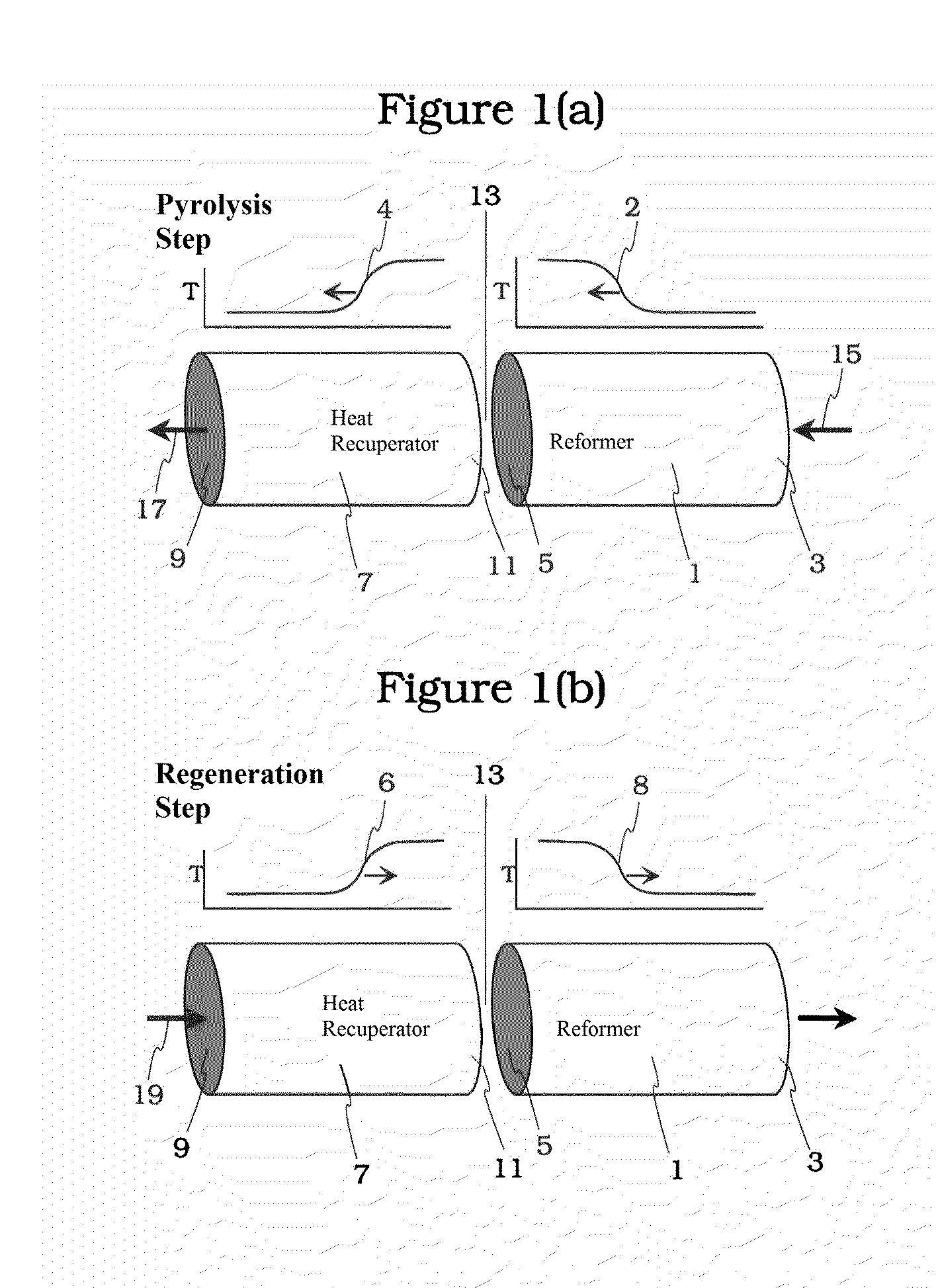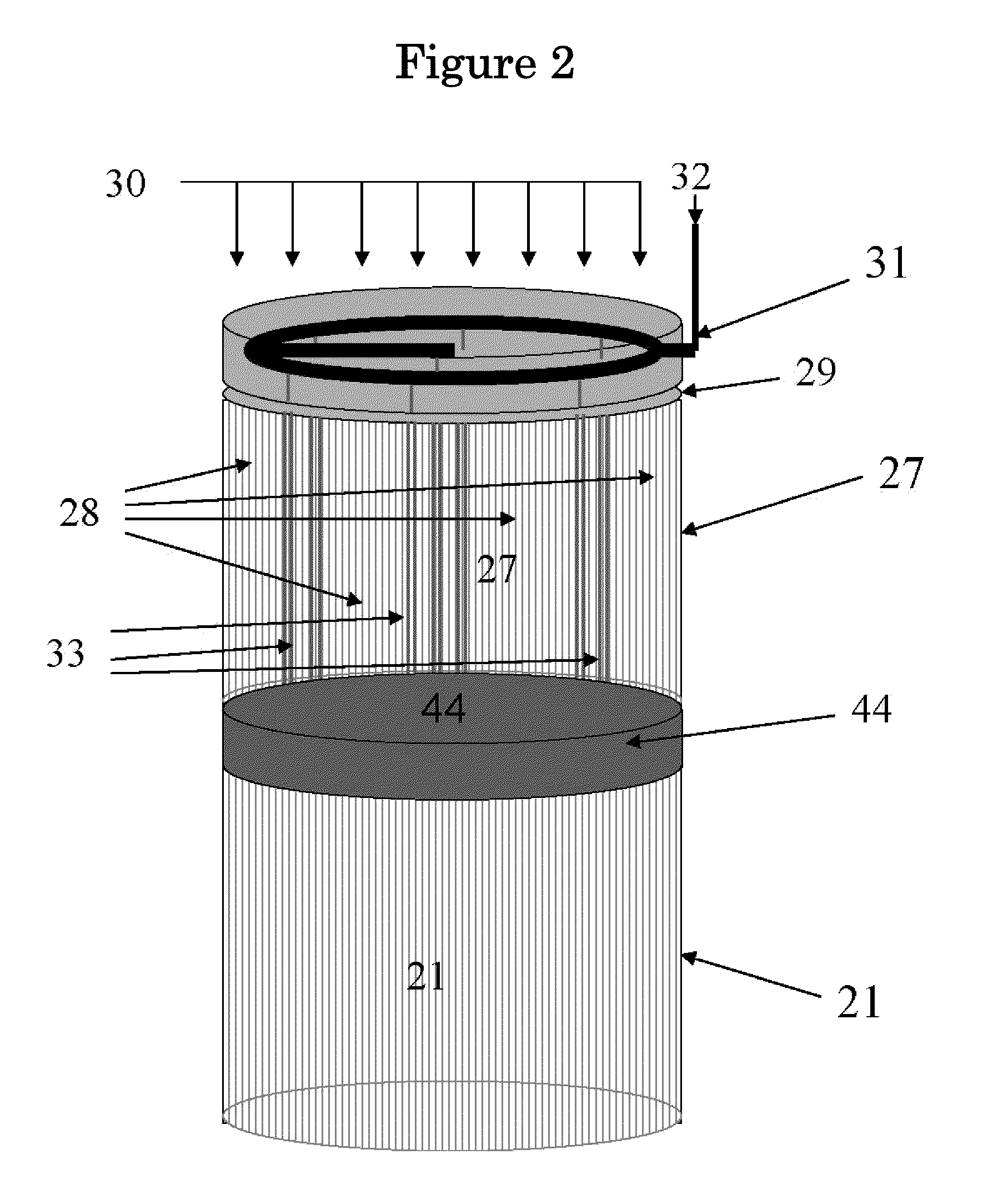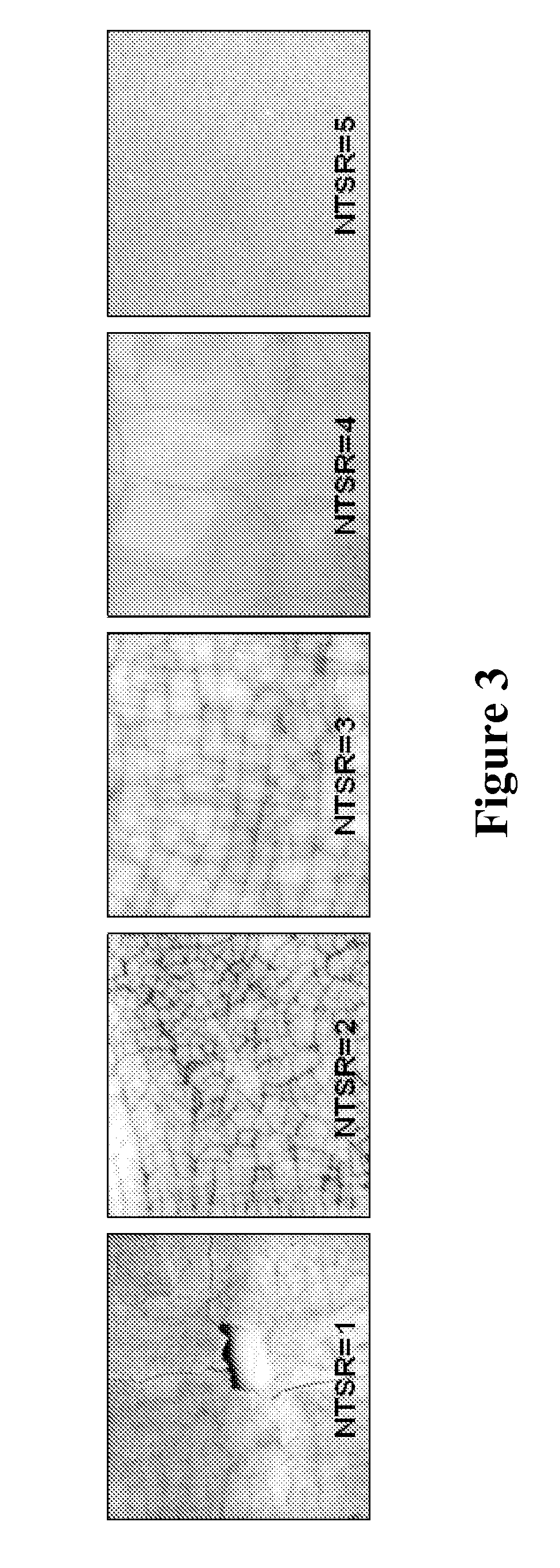Pyrolysis Reactor Materials and Methods
a pyrolysis reactor and reactor technology, applied in zirconium oxides, zirconium compounds, chemical/physical/physicochemical processes, etc., can solve the problems of high temperature and process stress exceeding the long term viability of most conventional apparatuses, degradation and corrosion present extra obstacles requiring address, and the volatility of ceramic stabilizers, etc., to achieve the effect of mitigating the corrosion of carbid
- Summary
- Abstract
- Description
- Claims
- Application Information
AI Technical Summary
Benefits of technology
Problems solved by technology
Method used
Image
Examples
example 1
[0115]A comparative ceramic composition was prepared by mixing 100 wt. % of TZ-8YS powder (Tosoh Co., fully stabilized zirconia containing 8 mol. %, i.e. 13.3 wt. % yttria). A processing agent was added and about 2 wt. % binder wax was added to the mixed ceramic powder to provide green strength during forming process. The powder was pressed into a disc shape in the size of about 3″ diameter×0.5″ thickness. The pressed green body was then sintered at about 1600° C. to form a mixer ceramic body. The resultant ceramic body comprised:[0116]i) 100 wt. % fully stabilized zirconia with yttria concentration of 13.3 wt. %.[0117]ii) 10 vol. % porosity.
After testing the SSYM F1 mixer sample in a reverse-flow reactor, the fully stabilized zirconia with yttria concentration of 13.3 wt. % revealed carbide-oxide ceramic corrosion.
example 2
[0118]Another comparative ceramic composition was prepared by mixing 20 wt. % Amperit 831 powder (H. C. Starck's), 70 wt. % TZ-10YS powder (Tosoh Co., fully stabilized zirconia containing 10 mol. % (18 wt. %) yttria) and 10 wt. % pure yttria powder (Alfa Aesar). A processing agent was added and about 2 wt. % binder wax was added to the mixed ceramic powder to provide green strength during forming process. The powder was pressed into a disc shape in the size of about 3″ diameter×0.5″ thickness. The pressed green body was then sintered at about 1600° C. for four hours to form a mixer ceramic body. The resultant ceramic body comprised:[0119]i) 100 wt. % fully stabilized zirconia with yttria concentration of 20.9 wt. %.[0120]ii) 10 vol. % porosity.
After testing the SSYM F4 mixer sample in a reverse-flow reactor, the fully stabilized zirconia with yttria concentration of 20.9 wt. % revealed mild but still observable levels of carbide-oxide ceramic corrosion. The observed corrosion level ...
example 3
[0121]A ceramic composition was prepared by mixing 70 wt. % of 2000 μm D50 coarse grit of partially stabilized zirconia powder (Zircoa 2290 powder, including 5 wt. % Y2O3 stabilizer, from Zircoa Inc.) and 30 wt. % of second grit Y2O3 powder (1 μm average particle size, 99.9%, from Alfa Aesar). About 2 wt. % binder wax was added to the mixed ceramic powder to provide green body strength during forming process. The powder was pressed into a disc shape in the size of about 3″ diameter×0.5″ thickness. The pressed green body was then sintered at about 1600° C. for four hours to form a mixer ceramic body. The resultant ceramic body comprised:[0122]i) 50 wt. % partially stabilized zirconia with yttria concentration of 14.4 wt. %.[0123]ii) 40 wt. % fully stabilized zirconia with yttria concentration of 44.7 wt. %.[0124]iii) 10 wt. % fully stabilized zirconia with yttria concentration of 82.2 wt. %.[0125]iv) 15 vol. % porosity.
Since relatively coarse partially stabilized zirconia grit was ut...
PUM
| Property | Measurement | Unit |
|---|---|---|
| Grain size | aaaaa | aaaaa |
| Temperature | aaaaa | aaaaa |
| Temperature | aaaaa | aaaaa |
Abstract
Description
Claims
Application Information
 Login to View More
Login to View More - R&D
- Intellectual Property
- Life Sciences
- Materials
- Tech Scout
- Unparalleled Data Quality
- Higher Quality Content
- 60% Fewer Hallucinations
Browse by: Latest US Patents, China's latest patents, Technical Efficacy Thesaurus, Application Domain, Technology Topic, Popular Technical Reports.
© 2025 PatSnap. All rights reserved.Legal|Privacy policy|Modern Slavery Act Transparency Statement|Sitemap|About US| Contact US: help@patsnap.com



